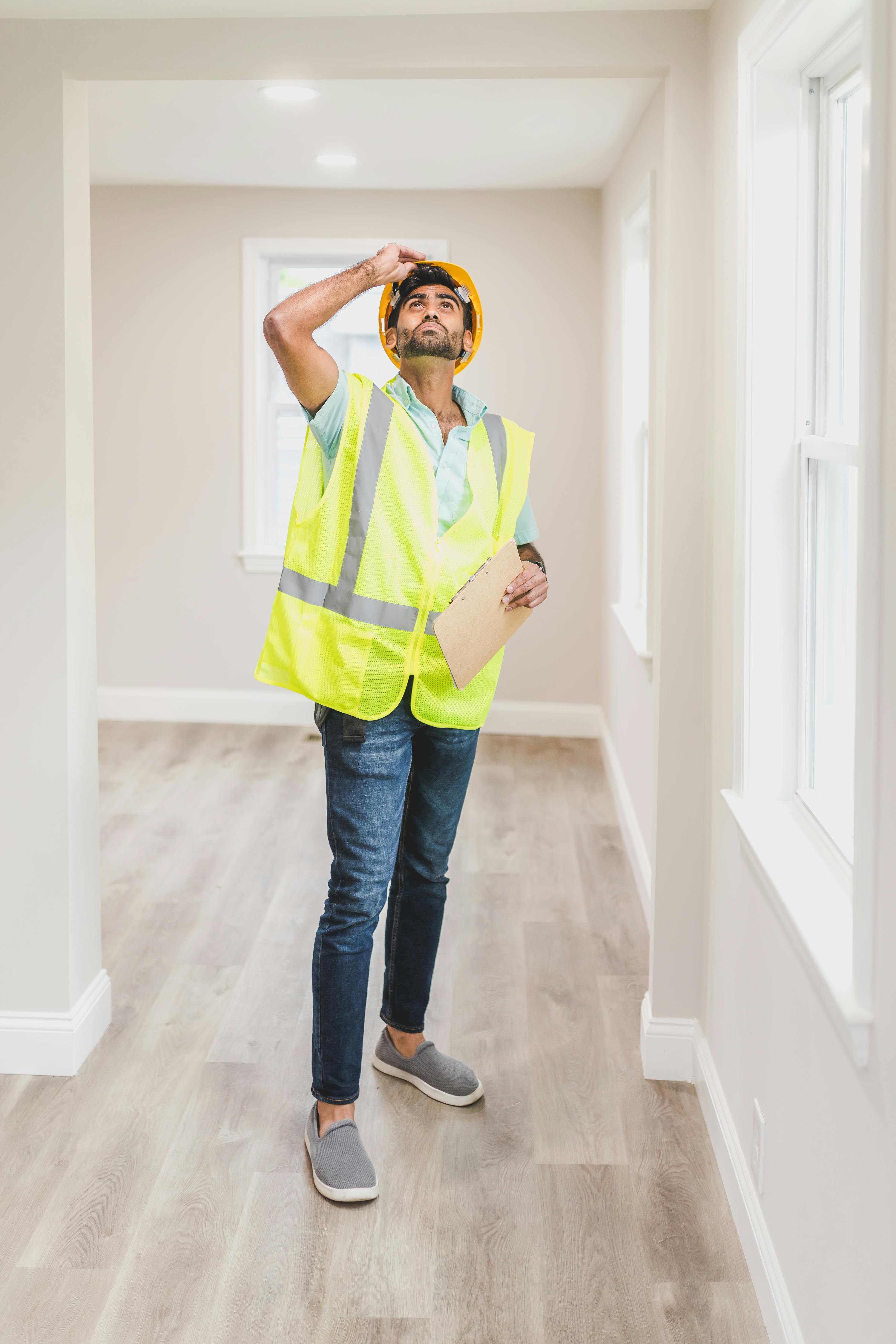A Quick Overlook of – Your Cheatsheet
 Creating Accessible and Functional Spaces: A Guide to Disability Remodeling
Creating Accessible and Functional Spaces: A Guide to Disability Remodeling
Living with a disability presents unique challenges, and one of the ways to ensure independence and improve quality of life is through disability remodeling. Whether you or a loved one has a mobility impairment, sensory disability, or any other physical limitation, making your living space accessible and functional is essential. In this guide, we will explore the key considerations and tips for disability remodeling.
1. Assess your needs and consult with professionals
Before diving into any remodeling project, it is crucial to assess your specific needs and requirements. Consider consulting with professionals such as occupational therapists or accessibility experts who can evaluate your home and provide recommendations. They can help identify barriers and suggest modifications and adaptations that can make your living space more accessible.
2. Focus on entrances and doorways
One of the primary areas to address in disability remodeling is entrances and doorways. Consider widening doorways to accommodate wheelchairs or mobility aids. Install ramps with the appropriate slope and handrails to ensure safe and easy access. If steps are unavoidable, consider installing a wheelchair lift or vertical platform lift.
3. Create accessible bathrooms
Bathrooms are another critical area for disability remodeling. Consider installing grab bars near the toilet and shower area for added stability and support. Roll-in showers or walk-in bathtubs with grab bars are excellent options for those with mobility impairments. Additionally, adjusting the height of sinks, toilets, and mirrors can make a significant difference in accessibility.
4. Modify kitchen and living spaces
Including accessible features in your kitchen and living spaces can greatly enhance functionality. Lower countertops and sinks can make food preparation and clean-up easier for individuals using wheelchairs or scooters. Consider installing lever-style handles on cabinets and drawers for easy access. In the living room, ensure there is ample maneuvering space and comfortable seating options.
Disability remodeling is a crucial step towards creating an accessible and functional living environment. By assessing your needs, consulting with professionals, and addressing key areas such as entrances, bathrooms, kitchen, and living spaces, you can significantly improve your quality of life. Remember to prioritize safety and accessibility when planning and executing your remodeling project, and don’t hesitate to seek expert advice if needed. With the right modifications and adaptations, you can make your home a place of comfort, independence, and inclusivity.
The 5 Commandments of And How Learn More
Interesting Research on – Things You Probably Never Knew
This post topic: Foods & Culinary



